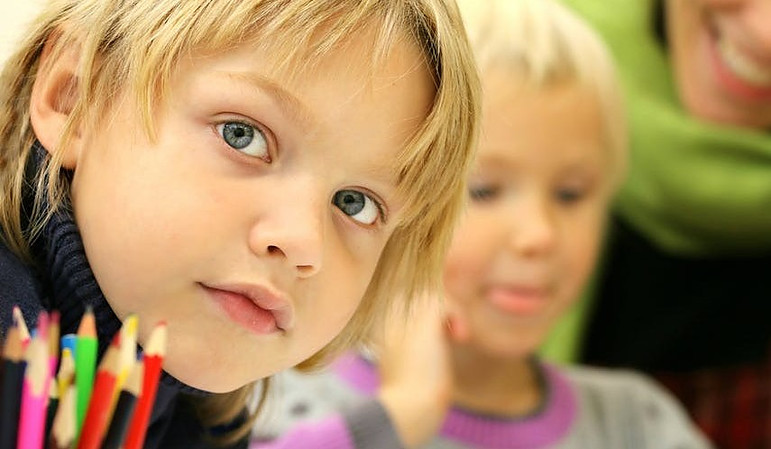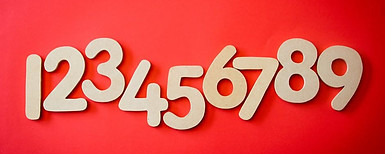 Chaos during transitions? Does it feel like your classroom has become a zoo?
Chaos during transitions? Does it feel like your classroom has become a zoo?
Transitions are the number one time of the day when many off task behaviors occur. Why? Transitions are one of the most overlooked part of your daily schedule. You plan for your reading lesson. You plan for your math lesson. But do you plan for your transitions?
Lets’s look at how to plan effective cognitive transitions into our daily schedule. By planning cognitive transitions, you will decrease the number of off task behaviors during transitions and it will make for a smooth flow from one activity to another.
Transitions:
The first step into planning effective transitions is to look at the different transitions that occur during your day.
Transitions are any period of time between activities. It also includes when the students are moving from one activity to another activity. Think to how many transitions that occur in your daily schedule. Some of these transitions include
- moving from whole group to centers
- moving from whole group to small group
- moving from centers to whole group
- moving from centers to small group
- clean-up time
- lining up
- comping back into the classroom from lunch or recess
- restroom breaks
Most of these transitions are not included listed in your daily schedule. They occur while moving from one activity to another on you daily schedule.
Planning for Transitions:
Now that you have identified the transitions that occur during the day in you classroom, you need to decide on what type of transition activity that you are going to use during the different transitions.
One thing to keep in mind is that children respond best when the transition activities are fun and engaging. Transition activities mush also be used consistently so that the children will know what to do, when to do it, and how to do it. Transitions are a skill that need to be taught and reinforced.
Different types of transitions include:
- Music
- Simple Games
- Chants
- Rhymes
- Questions
- Songs
Whole Group Transition
Whole group transitions you will have ALL the students moving and doing the activity at the same time. One example of whole group transition include cleaning up centers and moving to a whole group activity such as circle. During this activity you are going to have all the students cleaning up at the same time and moving to whole group.
During this type of transition, music, chants or rhymes work best.
I prefer to use music during this type of transitions. I teach may students that when a certain song plays, it is time to clean up and move to the carpet. Our goal is to have everyone sitting on the carpet by the time the song is over. A few of the songs I like to use include are on You Tube.
- Clean up Song by ELF Learning
- Clean up is Fun by The Learning Station https://youtu.be/-xEoRcRmFqs
- Tidy Up by the Singing Walrus
- On the Rug by Shawn Brown
Small or Individual Transitions
Small or individual transition occur when you will only have individual students or small groups of students moving at the same time. Examples of this transition includes moving from whole group to center time. During this transition, you are not going to want to release all the students at one to go to the centers. That would cause chaos. Instead, you are going to want the students to move individually or in small groups.
When you are planning for small or individual transitions, you are going to want to plan activities that will dismiss the children from the carpet individually or in small groups.

- Using name cards to pull a name to dismiss them from the carpet
- Dismiss by characteristics (students wearing a blue shirt, students who are wearing shorts)
- If your name starts with the letter (B)
- Rhyming games
Cognitive Transitions
Cognitive transitions are transitions that include content review, informal assessments, or reinforce concepts that you have been learning.

Language Arts Cognitive Transitions
- Identifying letters
- Clapping syllables in their name
- Same or Different
- Placing a word on the word wall
- Identifing if two words rhyme
- Telling two words that rhyme
- Making Compound words
- Counting the number of words in a sentence
- Identifying the beginning sound of a word

Math Cognitive Transitions
- Jump the number of given times
- Clap – snap a pattern
- Identifying a number
- Addition
- Subtraction
Keep in mind that these are just quick activities used to move a student from one activity to another. During this cognitive transition is a chance to do informal testing on concepts being taught. Make note of who was able to do these activities and who needs a little more help to master these concepts.
Conclusion
Transitions are a great way to quickly and smoothly move the children from one activity to another. Every minute with our students is valuable. When you add cognitive transitions into your daily routine, you are using every moment you have as a teachable moment. Not a minute is lost.
When effective transitions are in place
- Transitions will be quick and fun
- It gets children’s attention and signals to them that they are going to be transitioning.
- The children will smoothly move from one activity to another
- The time between activities are filled with purposeful activities
- It will keep the children on task
- It will limit off task behavior
Keep in mind transitions are endless. I have just touched upon a few ideas. What is your favorite transition that you like to do with your students? Please leave a comment below and let me know your favorite transitions.